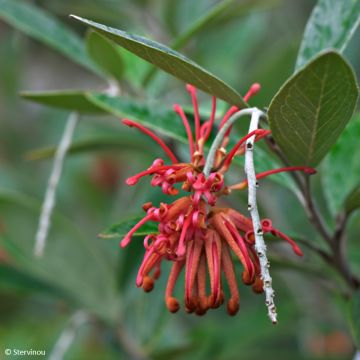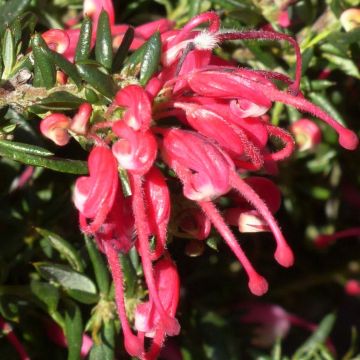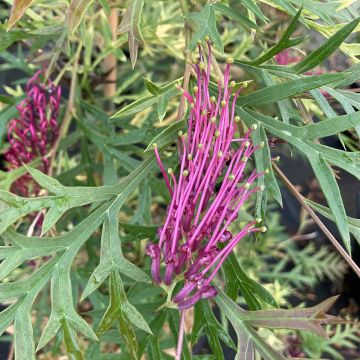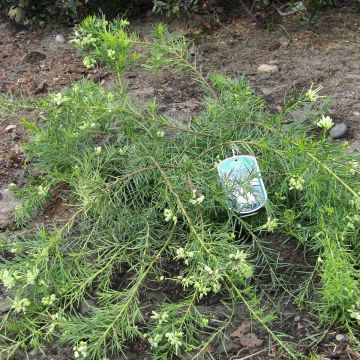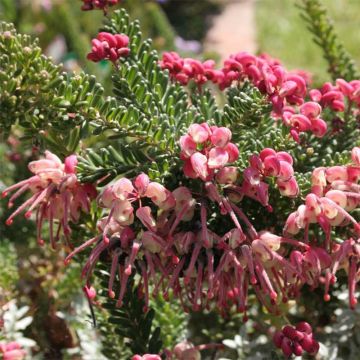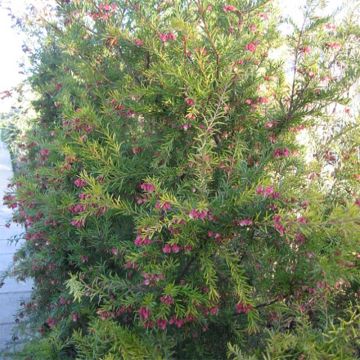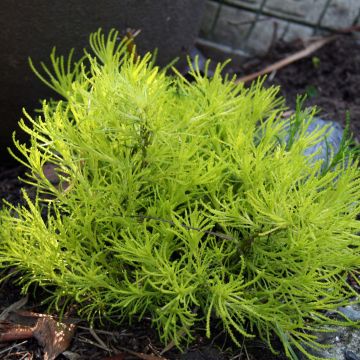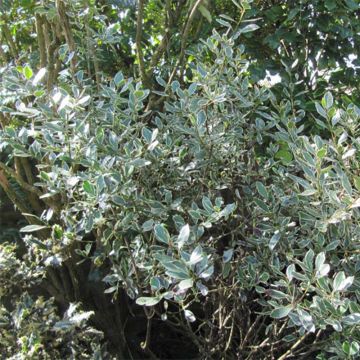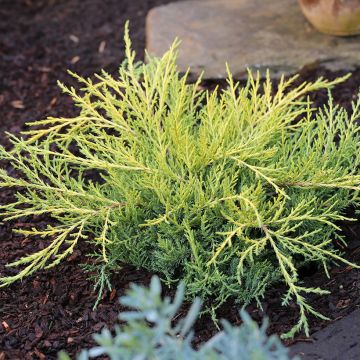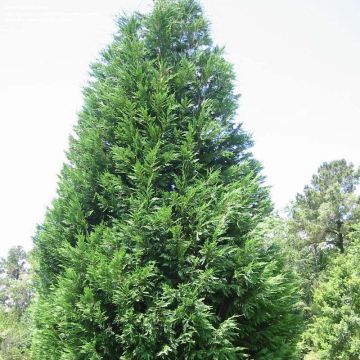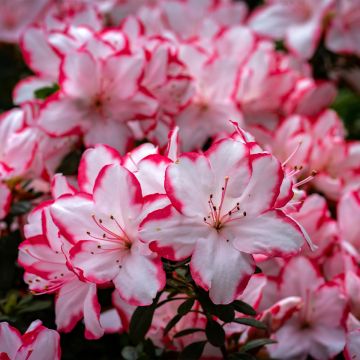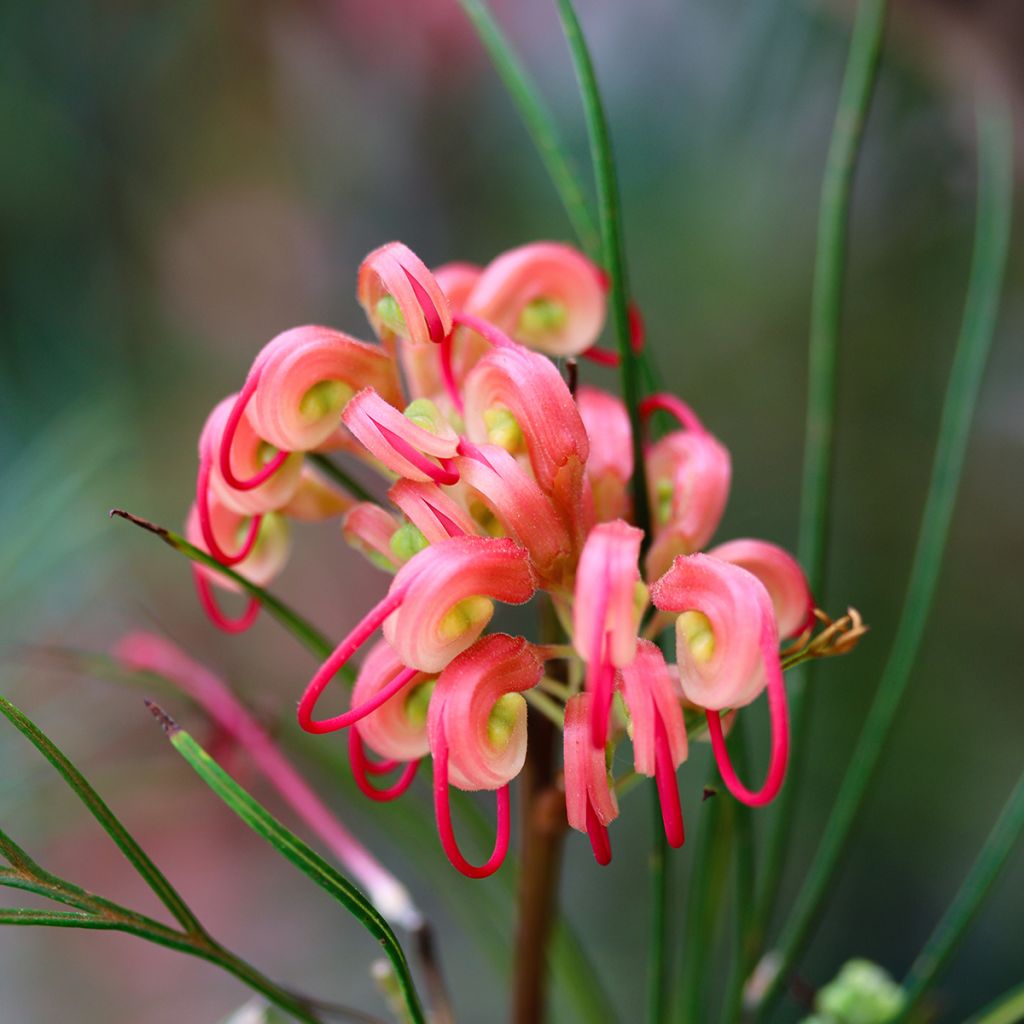

Grevillea johnsonii


Grevillea johnsonii
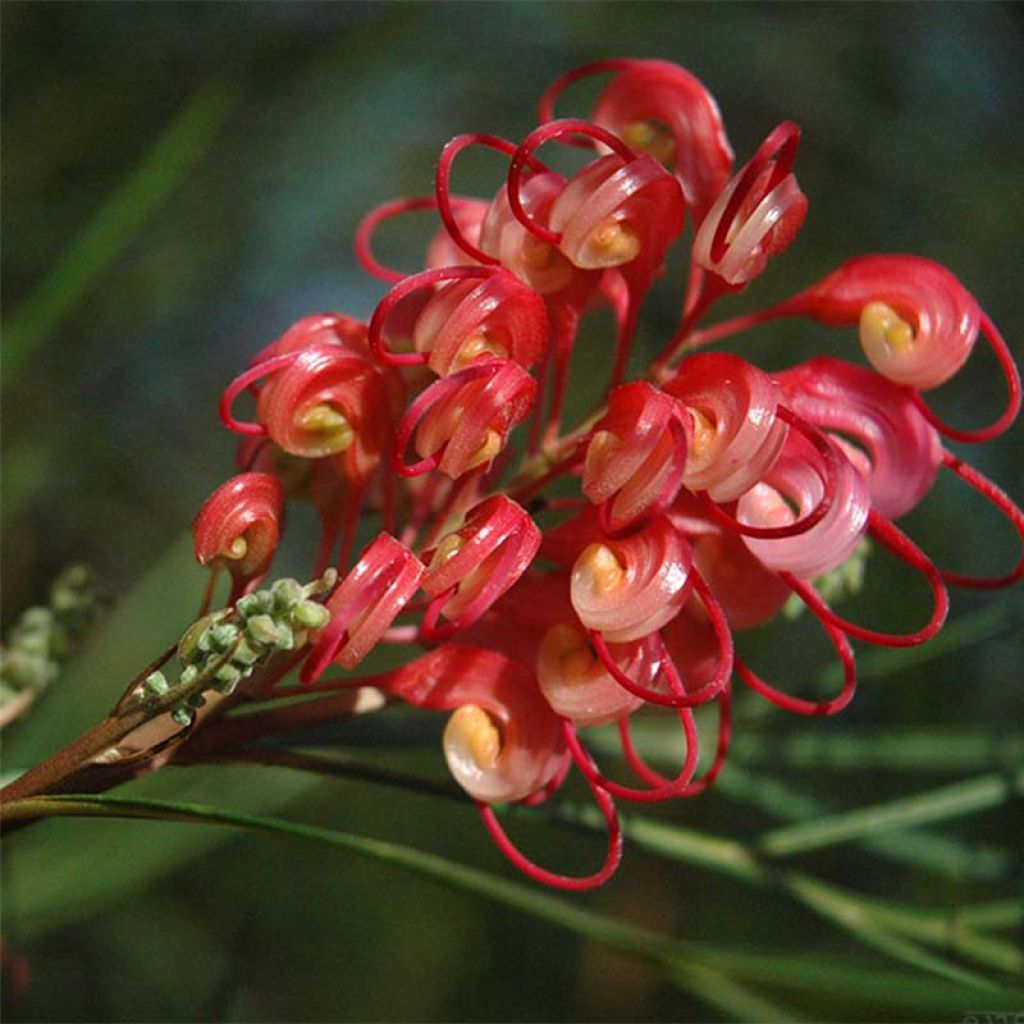

Grevillea johnsonii


Grevillea johnsonii


Grevillea johnsonii
Grevillea johnsonii
Grevillea johnsonii
Spider Flower
Special offer!
Receive a €20 voucher for any order over €90 (excluding delivery costs, credit notes, and plastic-free options)!
1- Add your favorite plants to your cart.
2- Once you have reached €90, confirm your order (you can even choose the delivery date!).
3- As soon as your order is shipped, you will receive an email containing your voucher code, valid for 3 months (90 days).
Your voucher is unique and can only be used once, for any order with a minimum value of €20, excluding delivery costs.
Can be combined with other current offers, non-divisible and non-refundable.
Why not try an alternative variety in stock?
View all →This plant carries a 24 months recovery warranty
More information
We guarantee the quality of our plants for a full growing cycle, and will replace at our expense any plant that fails to recover under normal climatic and planting conditions.

Would this plant suit my garden?
Set up your Plantfit profile →
Description
Grevillea johnsonii is a very beautiful Australian flowering bush with fast growth and evergreen foliage, well adapted to poor and dry soils but unfortunately not very hardy. It has long and slender leaves resembling dark green pine needles and blooms for a long time, from late winter to the end of spring. The inflorescences are terminal, upright clusters composed of curious bright pink flowers washed with cream, curled up like snail shells and adorned with long stamens. It is an excellent shrub for flower beds or hedges in a coastal garden. It also grows very well in pots, to be protected over winter in less favourable climates.
Grevillea johnsonii is a bush of the proteaceae family named after Dr. Lawrence Johnson, former director of the Sydney Botanical Garden. It is native to New South Wales, a mountainous region located in southeastern Australia. Like many Grevillea, it is a pioneer species in its natural environment: it tolerates fairly poor but non-chalky dry soils, and requires full sun to bloom. Rapidly growing, reaching its adult size in 3-4 years, the plant averages 3m (9 ft 10 in) in height, with a spread of 2m (6 ft 7 in). This bush develops a short, single trunk, topped with a dense and bushy crown. The foliage consists of linear, very thin leaves, 20-25cm (7.9-9.8 in) long, divided into numerous narrow lobes. Its nectar-filled flowering, is at its peak between April and June. The flowers are modest in size, but they are gathered in large numbers in inflorescences that are spider-like in shape. These inflorescences, are composed of a petal-shaped style curled upon itself, ranging in colour from cream to pink, with long purple stamens. The root system of this plant is very dense near the surface, indicating adaptation to nutrient-poor soils and summer drought.
Grevillea johnsonii, is not difficult to cultivate as long as the required conditions are met. This shrub requires little maintenance and can withstand light pruning to maintain its density. It will thrive preferably in coastal gardens unaffected by heavy frosts, in light, well-draining, slightly acidic soil. It will look good when planted alone, on large slopes, or in the back of dry garden beds, but always in an open position, in full sun. In an exotic garden, it can be paired with proteas, Agave, Canary Island viper's bugloss, Euphorbia mellifera, evergreen ceanothus, Melianthus major, palm trees, or even Leptospermum. Growing it in a container allows for both control of the substrate composition and overwintering the shrub in a cold greenhouse or a very bright and minimally heated conservatory.
Report an error about the product description
Grevillea johnsonii in pictures
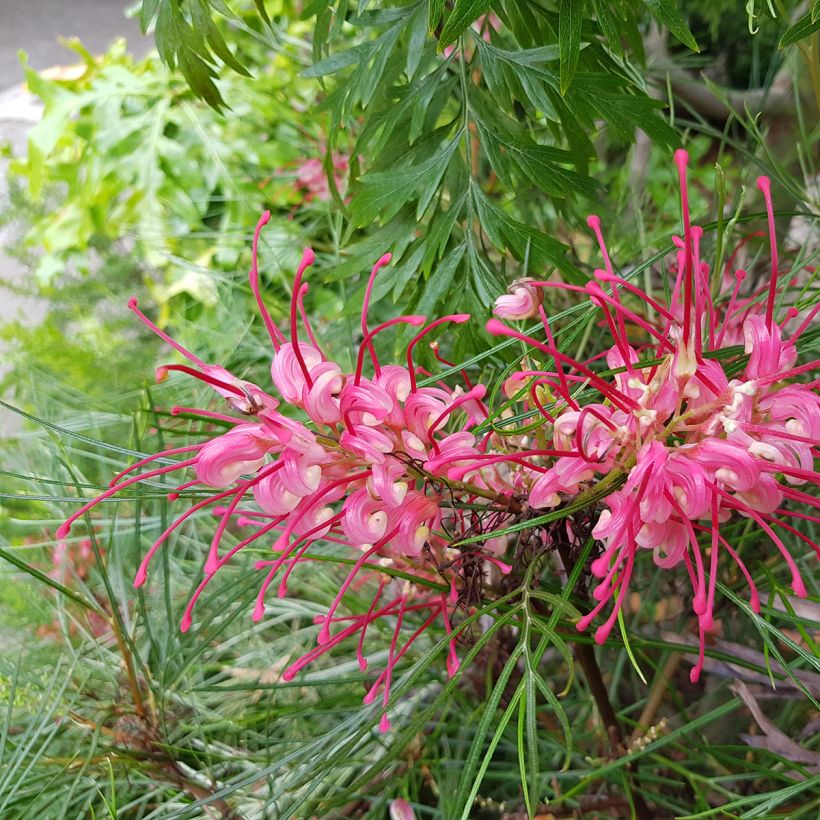

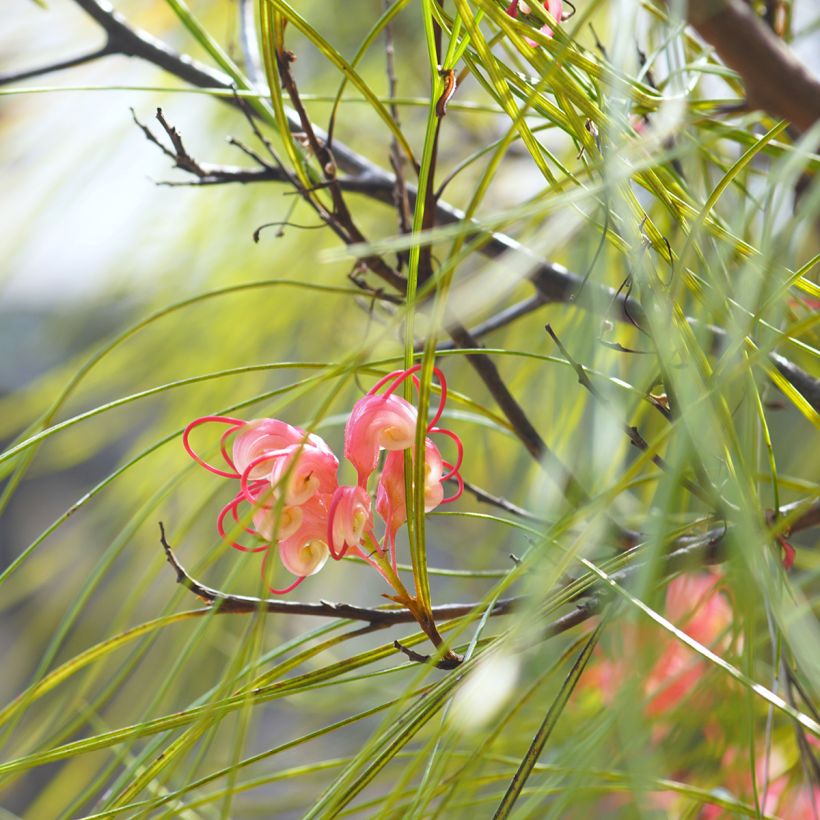

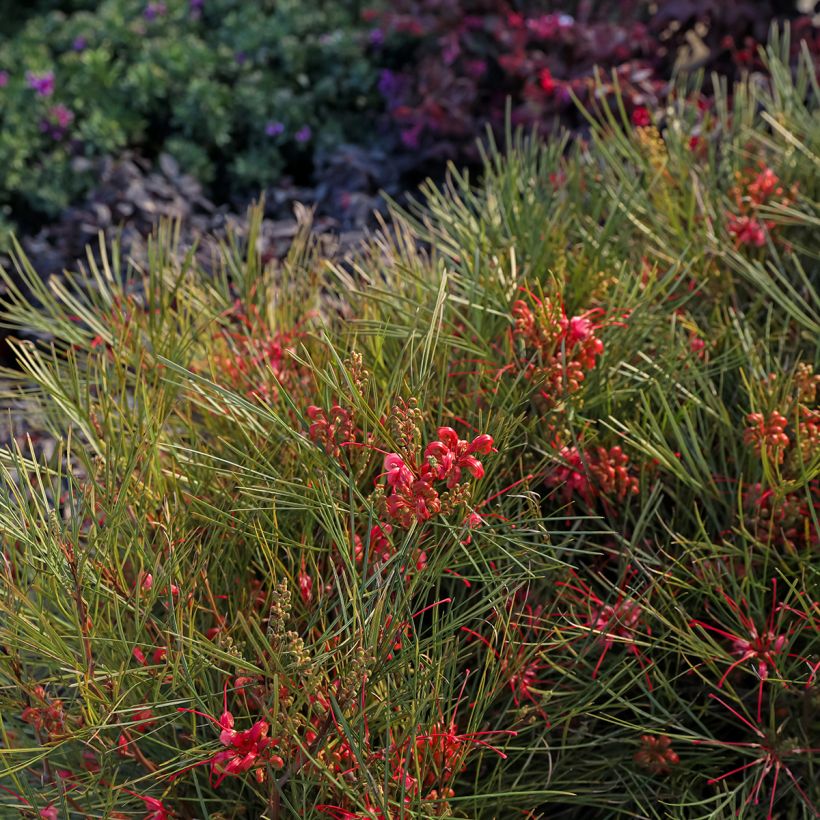

Plant habit
Flowering
Foliage
Botanical data
Grevillea
johnsonii
Proteaceae
Spider Flower
Australia
Planting and care
Grevillea johnsonii is best planted in spring, after the last frost. It prefers a soil with an acidic to neutral pH, sandy, loamy, poor, and very well-drained. The presence of limestone in the soil causes yellowing of the foliage, chlorosis, which greatly weakens the bush to the point of death. This condition can be corrected by regular application of chelated iron. In regions where the soil and subsoil are limestone, it is advisable to dig a large pit of 60 cm (23.6 in) in all directions, filled with ericaceous soil and sand. Growing in a pot allows for better control of the substrate and the plant can be stored frost-free in a borderline hardiness zone (down to -10/-11°C (14/12.2 °F) for a well-established plant). In a pot, use a light, well-drained potting soil that remains moist. We recommend the following mixture: 60% pine bark, 20% coarse river sand, 10% fine river sand, and 10% clay soil for its water retention capacity. The pH should 7 or less.
Grevilleas are drought-resistant once established: however, monitor watering in the summer during the first two years and in pots throughout the growing period. In the ground, it benefits from a thick layer of mulch. Use wood chips or grass clippings. It is recommended to use a fertilizer which is very low phosphorus, as it can reduce the plant's drought resistance by destroying the dense root hairs that develop just below the soil surface. An N-P-K type fertilizer with an 18-2-10 ratio is well suited.
Insects and diseases:
Grevilleas can develop black leaf spots, caused by a rarely fatal fungus: a fungicidal treatment will eliminate it.
Rotting at the collar can also be present, a deadly disease also caused by fungi that develop in moist and warm soil. Avoid burying the collar of the plant, as it will allow for better air circulation. Avoid watering too often in hot and dry weather, let the soil dry out between waterings.
Phytophthora (cinnamomi), a disease also caused by a fungus, affects many plants in dry areas. The parasite destroys the roots during overly rainy winters. Prevention is crucial, as the disease is almost impossible to eradicate: ensure that the soil drainage is perfect, remove excess water from the saucer placed under the pot, and remove dead or diseased parts.
Planting period
Intended location
Care
This item has not been reviewed yet - be the first to leave a review about it.
Similar products
Haven't found what you were looking for?
Hardiness is the lowest winter temperature a plant can endure without suffering serious damage or even dying. However, hardiness is affected by location (a sheltered area, such as a patio), protection (winter cover) and soil type (hardiness is improved by well-drained soil).

Photo Sharing Terms & Conditions
In order to encourage gardeners to interact and share their experiences, Promesse de fleurs offers various media enabling content to be uploaded onto its Site - in particular via the ‘Photo sharing’ module.
The User agrees to refrain from:
- Posting any content that is illegal, prejudicial, insulting, racist, inciteful to hatred, revisionist, contrary to public decency, that infringes on privacy or on the privacy rights of third parties, in particular the publicity rights of persons and goods, intellectual property rights, or the right to privacy.
- Submitting content on behalf of a third party;
- Impersonate the identity of a third party and/or publish any personal information about a third party;
In general, the User undertakes to refrain from any unethical behaviour.
All Content (in particular text, comments, files, images, photos, videos, creative works, etc.), which may be subject to property or intellectual property rights, image or other private rights, shall remain the property of the User, subject to the limited rights granted by the terms of the licence granted by Promesse de fleurs as stated below. Users are at liberty to publish or not to publish such Content on the Site, notably via the ‘Photo Sharing’ facility, and accept that this Content shall be made public and freely accessible, notably on the Internet.
Users further acknowledge, undertake to have ,and guarantee that they hold all necessary rights and permissions to publish such material on the Site, in particular with regard to the legislation in force pertaining to any privacy, property, intellectual property, image, or contractual rights, or rights of any other nature. By publishing such Content on the Site, Users acknowledge accepting full liability as publishers of the Content within the meaning of the law, and grant Promesse de fleurs, free of charge, an inclusive, worldwide licence for the said Content for the entire duration of its publication, including all reproduction, representation, up/downloading, displaying, performing, transmission, and storage rights.
Users also grant permission for their name to be linked to the Content and accept that this link may not always be made available.
By engaging in posting material, Users consent to their Content becoming automatically accessible on the Internet, in particular on other sites and/or blogs and/or web pages of the Promesse de fleurs site, including in particular social pages and the Promesse de fleurs catalogue.
Users may secure the removal of entrusted content free of charge by issuing a simple request via our contact form.
The flowering period indicated on our website applies to countries and regions located in USDA zone 8 (France, the United Kingdom, Ireland, the Netherlands, etc.)
It will vary according to where you live:
- In zones 9 to 10 (Italy, Spain, Greece, etc.), flowering will occur about 2 to 4 weeks earlier.
- In zones 6 to 7 (Germany, Poland, Slovenia, and lower mountainous regions), flowering will be delayed by 2 to 3 weeks.
- In zone 5 (Central Europe, Scandinavia), blooming will be delayed by 3 to 5 weeks.
In temperate climates, pruning of spring-flowering shrubs (forsythia, spireas, etc.) should be done just after flowering.
Pruning of summer-flowering shrubs (Indian Lilac, Perovskia, etc.) can be done in winter or spring.
In cold regions as well as with frost-sensitive plants, avoid pruning too early when severe frosts may still occur.
The planting period indicated on our website applies to countries and regions located in USDA zone 8 (France, United Kingdom, Ireland, Netherlands).
It will vary according to where you live:
- In Mediterranean zones (Marseille, Madrid, Milan, etc.), autumn and winter are the best planting periods.
- In continental zones (Strasbourg, Munich, Vienna, etc.), delay planting by 2 to 3 weeks in spring and bring it forward by 2 to 4 weeks in autumn.
- In mountainous regions (the Alps, Pyrenees, Carpathians, etc.), it is best to plant in late spring (May-June) or late summer (August-September).
The harvesting period indicated on our website applies to countries and regions in USDA zone 8 (France, England, Ireland, the Netherlands).
In colder areas (Scandinavia, Poland, Austria...) fruit and vegetable harvests are likely to be delayed by 3-4 weeks.
In warmer areas (Italy, Spain, Greece, etc.), harvesting will probably take place earlier, depending on weather conditions.
The sowing periods indicated on our website apply to countries and regions within USDA Zone 8 (France, UK, Ireland, Netherlands).
In colder areas (Scandinavia, Poland, Austria...), delay any outdoor sowing by 3-4 weeks, or sow under glass.
In warmer climes (Italy, Spain, Greece, etc.), bring outdoor sowing forward by a few weeks.






























